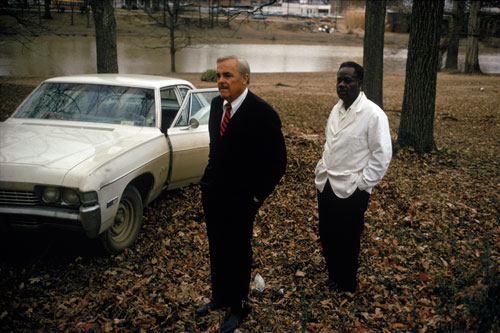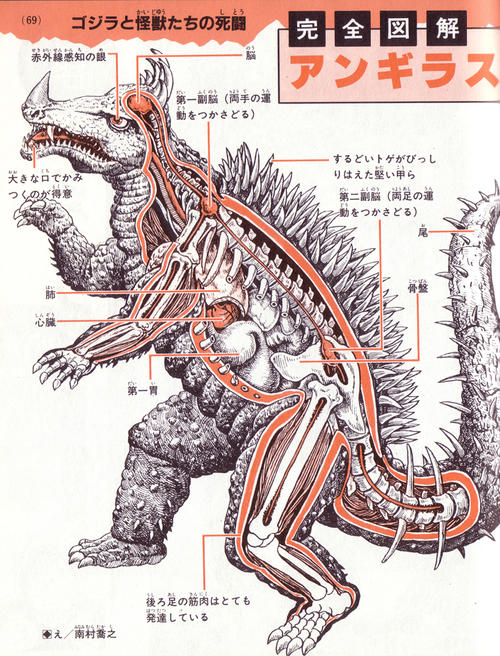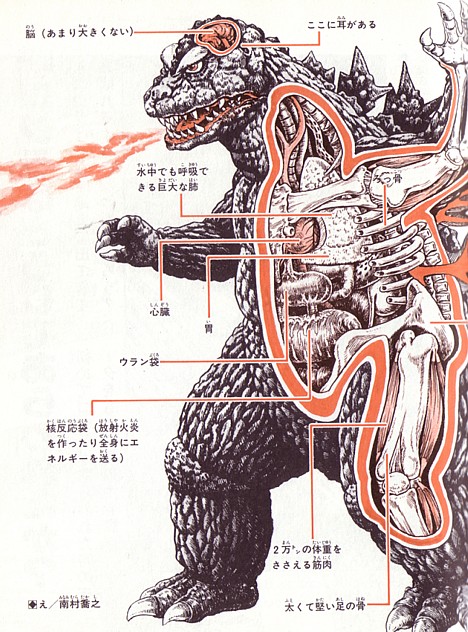


I recently came across this young photographer from Japan that is now living in Brooklyn. I am really hoping to go visit and talk with him, as he seems to be dealing with many of the same issues I’ve been thinking about throughout this project. Unfortunately, there is little information about him or his process except for one interview. His photographs are simple yet powerful portraits of people he asks to photograph on the street. He is exploring perception as well as the process of interacting with his subjects.
“I hope to use my basic tools as a human, everything I have inside and out, and my camera as a tool to mediate this exchange of perception, and serve as another tool for clarity. Through my camera I hope to take what I perceive as clearly as possible, and feel the value of interaction. I simply want to react to the world as far as possible, and photograph subtle perception which I think leads me to some degree of clarity. By being on one street and taking pictures of people also on the street, I am interested in what we perceive, and the connection we make. More than individuality, or different looking people, I am interested in displaying unity. Through a simple interaction, I hope that my pictures display some commonalities that can be perceived by everyone." - Yo Imae
I am really excited to have found this photographer. I really appreciate how he addresses his interaction with the people he is photographing. Many photographers feel it is important to portray their subjects as an entity and not influenced by the camera or the photographer, but this ideal of subject objectivity just seems to a more deceitful. The relationship between the subject and photographer is not always something to be avoided. In this case the relationship is a huge part of the image and the acknowledgement of it makes it closer to reality.
I think this relates to many photographers such as David Hilliard. He is exploring the world through his camera and chooses to accentuate this with multiple cohesive images. He is exploring spacial relations in reality, but undeniably through his camera.





























